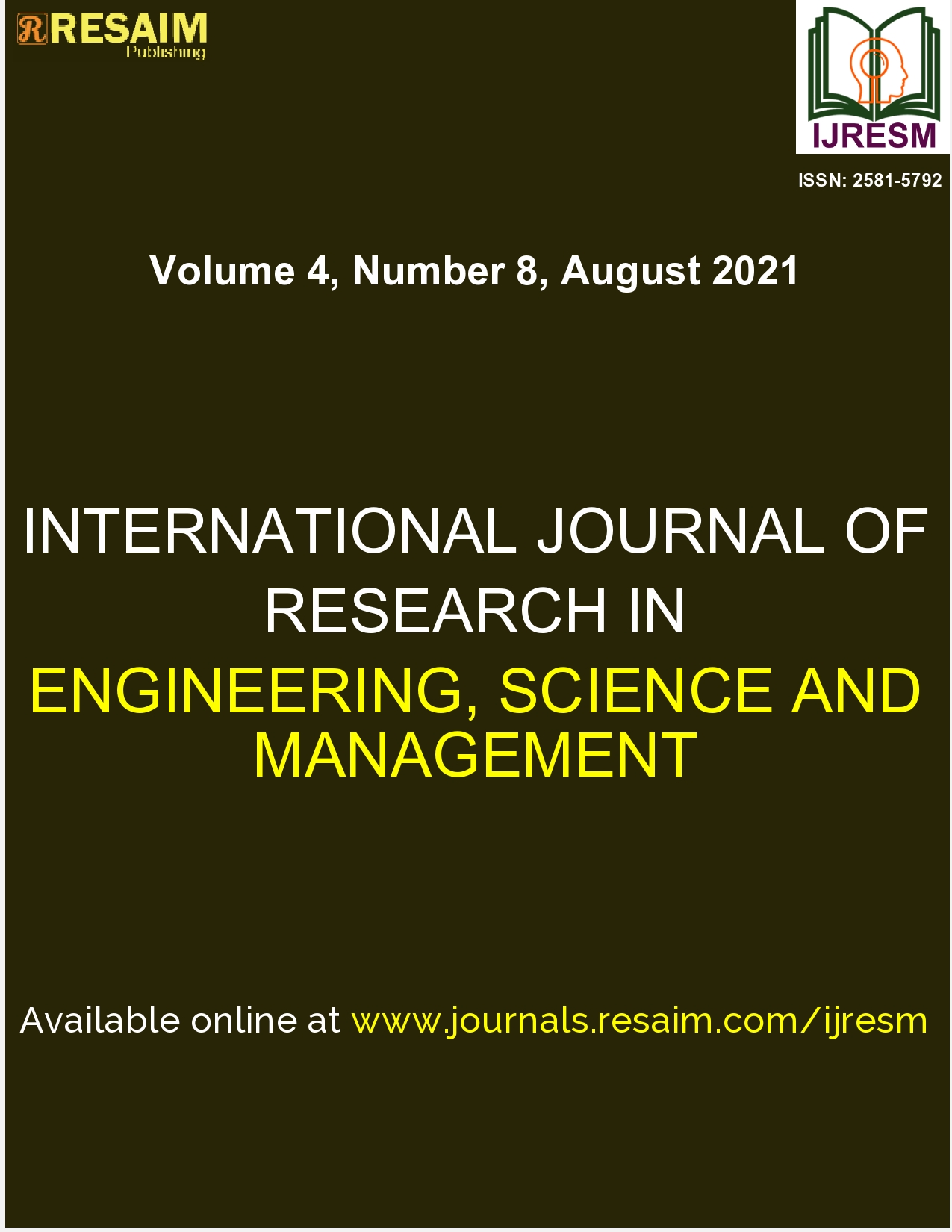An Overview Air Cushion Vehicle
Keywords:
Air cushion, Cushioned vehicleAbstract
The air cushion vehicle, or "HOVERCRAFT," as it is commonly referred as, is the newest vehicle on the road today. This car is not just novel, but it is also distinct from other, more traditional vehicles. It is a terrestrial vehicle in that it does not require surface contact for traction and may move freely across a variety of surfaces while being supported constantly on a self-supporting platform. Hovercrafts are utilized in a variety of situations when persons and equipment must go by water while still being able to load and unload on land. They may even be used as battleships. Hovercrafts are thrilling to fly, and the sensation of easily transitioning from land to water and back is unrivalled. A hovercraft, also known as an air-cushion vehicle (ACV), is a ship that can move over any flat surface while being supported by a cushion of slow moving high- pressure air that is ejected downwards against the surface below and confined within a "SKIRT."
Downloads
Downloads
Published
Issue
Section
License
Copyright (c) 2021 Ch. Gopichand, K. Abraham, I. Ashok, B. Vivek, B. Penchala Prasad

This work is licensed under a Creative Commons Attribution 4.0 International License.


